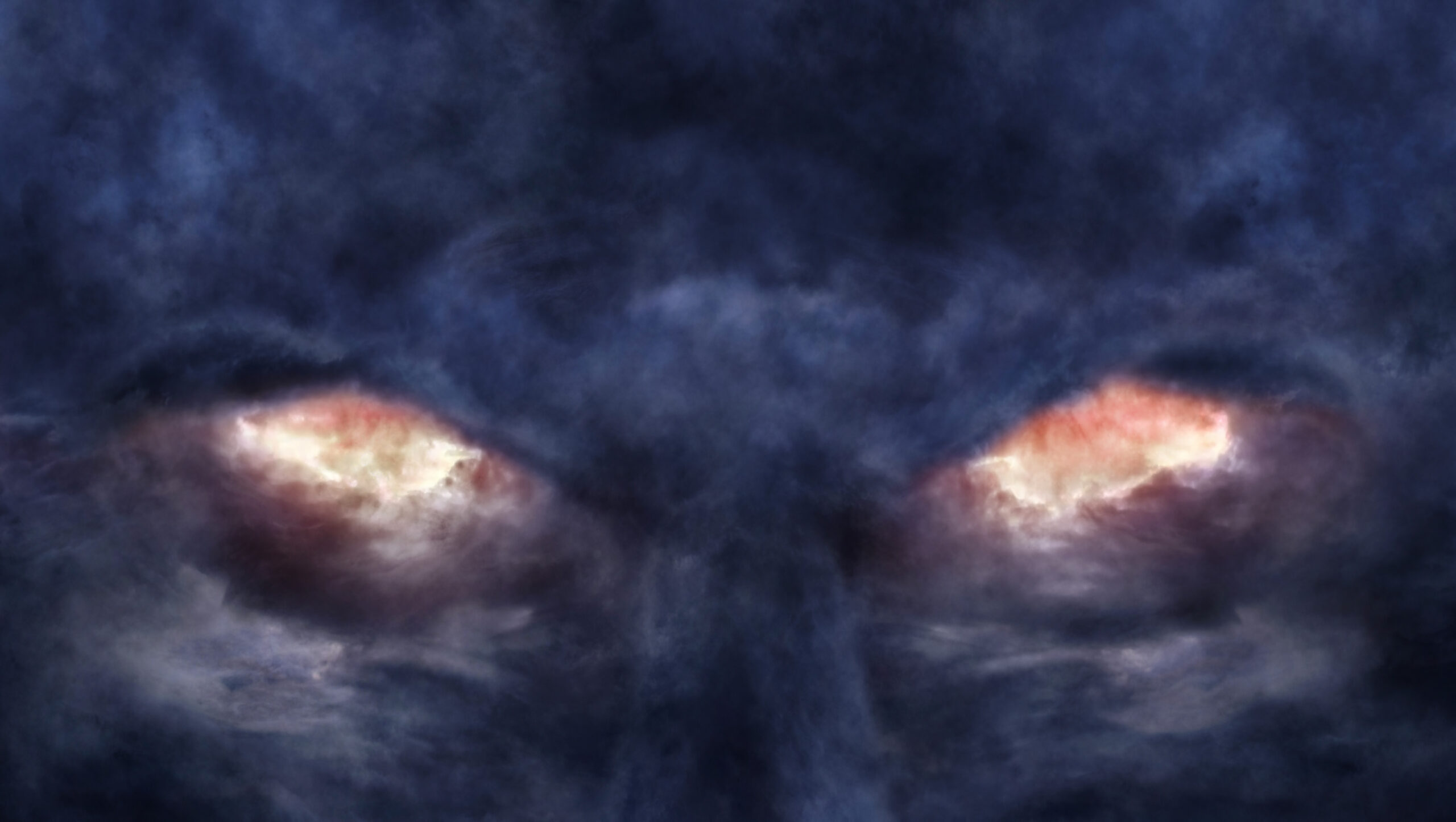In Part 1 of this new 5-part series, Battling a Djinn, I’ll be discussing the history of the Djinn. Part 2 addresses demons (the Shayāṭīn), why Djinn fear wolves and discusses the ancient Egyptian god, Set. In Part 3, I’ll talk about my first encounter with a Djinn in the Egyptian desert. Part 4 is about our battle. Finally, in Part 5, I’ll discuss an encounter with Set.
Part 1:
A Short History of the Djinn

Introduction
It has been a few years since these events occurred. I have been very reluctant to write anything down, let alone share the story with anyone.
I do not know if what I relate in parts 3 – 5 of this blog series is merely a flight of my imagination, or a supernatural encounter. To be honest, I have just learned to ‘go with the flow’, ever since I became a shaman! Personally, I see it is as just another step upon my spiritual journey. As unusual as it is, I hope that you enjoy reading my strange little tale!
It is the story of a battle with a being called a Djinn. So, I must start by telling you something about these creatures.
I knew very little about the Djinn before I went to Egypt. Perhaps I was aware that the name referred to some sort of spirit or to the fairy tale ‘genie’ but that was about it. Are they something to do with Robin Williams’ amusing genie of the lamp in Disney’s version of Aladdin? The truth, as we shall discover, is altogether more terrifying.
History of the Djinn
The unusual word Djinn is the Romanized form of the Arabic Jinn (الجن) from the Semitic root, Jnn. This later became Anglicized as ‘Genie’ (first appearing in translations of the Thousand and One Nights). Appropriately enough, for a creature with the power of invisibility, the word means ‘to hide’ or ‘to conceal’.
The Djinn are supernatural creatures. Whilst they are first referred to in early pre-Islamic Arabian texts they have even more ancient, pagan roots. The Djinn are not, as I had suspected, intrinsically evil. As with humans, they possess the freedom to choose between good and evil. Therefore, amongst the Djinn there are also those who follow a faith and those who do not; there are those who believe in God and those who do not.
The exact origins of a belief in Djinn is unclear. Some scholars claim they were originally conceived as malevolent spirits, residing in deserts and ‘unclean’ places. Others believe the Djinn are like Greek ‘muses’, inspiring poets and philosophers. The superstitious feared them, believing them responsible for causing diseases. So, perhaps we are currently in the grip of the Covid-19 Djinn?

God and the Djinn
God is said to have created the Djinn out of fire, hence their strong connection to that element. Indeed, in the most recent depiction of the Djinn, the TV series American Gods, the Djinn’s eyes danced with flames.
Some claim that the Djinn roamed the earth for a millennium before Adam. They believe that Djinn resemble humans but are both faster and stronger. Like humans, they can eat and drink, have children and are mortal. When they die, religious scholars believe that Djinn are subject to judgment. They are then sent to heaven or to hell, according to their deeds.
Some Islamic texts claim that the Djinn became corrupt and ignored God’s warnings. This led to God sending his angels to battle the Djinn. In these stories, only a few Djinn survived and they sought refuge in secluded islands or the mountains. It is clear that the Djinn still feel themselves to be superior to humans because of their prior creation. Such arrogance often puts them at odds with finding grace.

The Djinn in the Modern World
During the Rwandan genocide, both Hutus and Tutsis refused to search local Rwandan Muslim neighbourhoods. They believed local Muslims and mosques were protected by the Djinn. In the Rwandan city of Cyangugu, for instance, arsonists ran away, instead of destroying the mosque, fearing the wrath of its guardians, the Djinn.
The Psychiatrist published a piece on Djinn and mental health: looking at Djinn possession in modern psychiatric practice (2013). It states, ‘Most Islamic scholars accept the possibility that Djinn can possess people’. Indeed, Iran’s Supreme Leader, Ali Khamenei, referred to the Djinn in a speech earlier this year regarding coronavirus. It was clear that he saw the Djinn not as symbolic creatures but as a real, tangible threat. Similarly, Mirza Tahir Ahmad, Caliph of the Messiah, suggested that Djinn might actually be translated as bacteria and viruses.
Before you scoff, we’re not that divorced from this blend of the supernatural and the scientific in the West. Look at how Trump, Boris and other world leaders regularly refer to the coronavirus as ‘evil’ and ‘the invisible enemy’!
For now, please stay safe out there! I’ll be back with Part 2 very soon…

